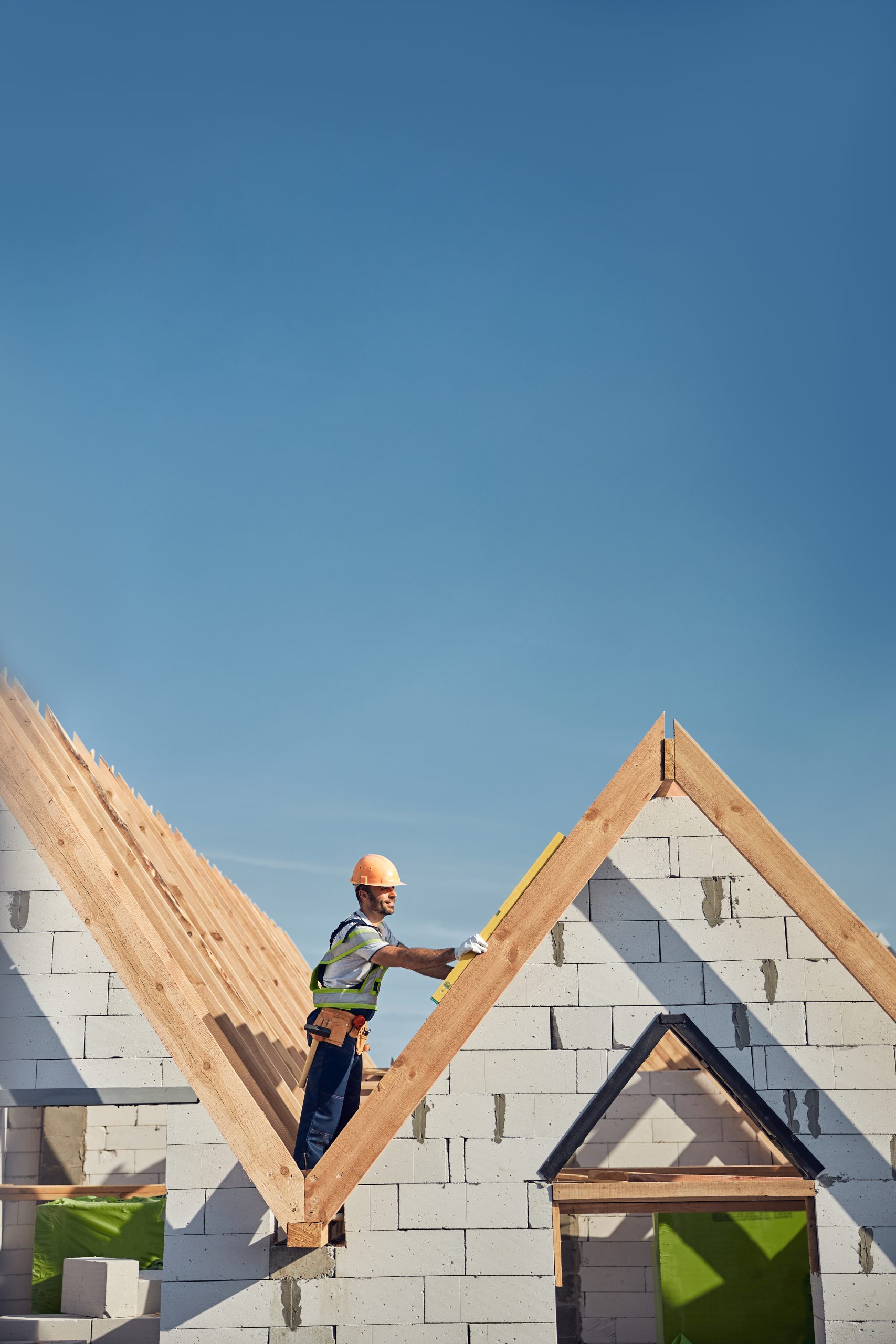EPDM (Ethylene Propylene Diene Monomer) roofing is one of the most durable and cost-effective options for commercial and residential flat roofs. Known for its long lifespan and resistance to harsh weather, EPDM can last 25 to 30 years when properly maintained. However, like any roofing system, regular maintenance is essential to prevent leaks, extend its lifespan, and maximize energy efficiency. Here are the top maintenance tips to keep your EPDM roof in the best possible condition.
- Conduct Regular Inspections
One of the most important maintenance tasks for an EPDM roof is routine inspections. Experts recommend inspecting your roof at least twice a year, preferably in the spring and fall, as well as after major weather events such as storms or heavy snowfall.
What to Look for:
- Visible punctures, tears, or cracks in the membrane
- Standing water or drainage issues
- Loose seams or deteriorating adhesive
- Accumulated debris such as leaves, branches, and dirt
- Signs of mold, algae, or moss growth
Catching potential problems early prevents costly repairs and extends the life of your roof.
- Keep the Roof Clean
Dirt, debris, and organic material can damage the EPDM membrane over time. Leaves and branches can trap moisture, leading to mold growth and roof deterioration.
Cleaning Tips:
- Use a soft-bristle broom or low-pressure hose to remove debris.
- Avoid harsh chemicals or power washers, as they can damage the membrane.
- If mold or algae appears, clean the area with a solution of mild soap and water or an EPDM-approved cleaner.
Keeping your roof clean improves its performance and prevents unnecessary wear.
- Check and Maintain Flashings and Seams
EPDM roofs have seams where the material overlaps, and these seams can become weak over time if not properly maintained. Flashings around vents, pipes, and HVAC units are also potentially weak where leaks may occur.
What to Do:
- Ensure that seams and flashing are securely sealed with EPDM-compatible adhesives.
- Reapply seam tape or adhesive if you notice peeling or gaps.
- If damage is significant, hire a roofing professional to make the necessary repairs.
Regularly maintaining flashings and seams prevents water infiltration and extends the life of your EPDM roof.
- Address Ponding Water Issues
EPDM is water-resistant, but standing water can degrade the material over time and lead to leaks. Proper drainage is essential to prevent water from pooling on the roof.
Solutions for Ponding Water:
- Ensure that gutters and drains are clear of debris.
- If ponding is persistent, consider installing additional drainage or sloping solutions.
- Use roof crickets or tapered insulation to redirect water flow.
By keeping water off your EPDM roof, you prevent premature deterioration and reduce the risk of leaks.
- Perform Prompt Repairs
If you notice any tears, punctures, or leaks, address them immediately. Small issues can quickly turn into costly repairs if left unchecked.
How to Repair Minor Damage:
- Use an EPDM patch kit to cover small tears or punctures.
- Apply EPDM-compatible adhesive to reseal loose seams.
- For extensive damage, contact a roofing professional for expert repairs.
Proactive repairs help preserve the integrity of your EPDM roof and avoid major replacements.
- Protect Against UV Damage
EPDM roofs are UV-resistant, but prolonged sun exposure can cause gradual wear and fading. To minimize UV-related deterioration:
- Use a reflective coating or white EPDM membrane in hot climates to reduce heat absorption.
- Ensure proper ventilation to prevent excessive heat buildup under the roof.
- Monitor for signs of shrinkage, which can happen over time due to UV exposure.
Protecting your EPDM roof from UV damage helps maintain energy efficiency and longevity.
Conclusion
Maintaining an EPDM roof is simple but crucial for ensuring its durability and performance. By conducting regular inspections, keeping it clean, maintaining seams and flashings, addressing ponding water, performing prompt repairs, and protecting against UV damage, you can extend the lifespan of your roof and prevent costly issues.
